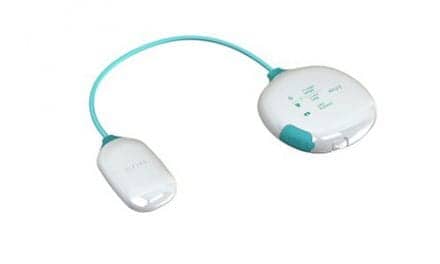by David Douglas
Last Updated: 2008-04-08 17:11:50 -0400 (Reuters Health)
NEW YORK (Reuters Health) – Transcranial direct current stimulation (tDSC) appears to improve the accuracy of naming pictures by patients with post-stroke aphasia, Italian researchers report in the April issue of the Journal of Neurology, Neurosurgery and Psychiatry.
Dr. Alberto Priori and colleagues at the University of Milan evaluated the effect of tDCS over the left frontotemporal areas in eight chronic non-fluent post-stroke aphasic patients.
The procedure involves delivery of a 2mA current for 10 minutes to two electrodes — one on the cranium, the other above the right shoulder.
The team assessed the accuracy and response time of naming of items shown on a computer screen. Images were selected from prepared lists. This was done before and immediately after anodal or cathodal tDCS and sham stimulation.
The anodal tDCS and sham tDCS failed to induce any changes. However, cathodal tDCS improved the accuracy of the picture naming by a significant 33.6%.
Regardless of the underlying mechanism, the researchers conclude that the approach "is simple, safe and inexpensive and thus it might possibly be useful in the management of post-stroke aphasia."
Dr. Stefano F. Cappa, author of an accompanying editorial, told Reuters Health that "these studies indicate that it is possible to improve performance on a language task by means of external stimulations applied to the damaged brain."
Nevertheless, Dr. Cappa of Vita-Salute San Raffaele University, Milan, added that "it is important to underline that there is currently no evidence that the improvements may be persistent or have any impact on real-life communication abilities."
However, he concluded, "The results provide sufficient background for projects aimed at testing these methodologies in adequate clinical trials."
J Neurol Neurosurg Psychiatry 2008;79:451-453.
Copyright Reuters 2008. Click for Restrictions




